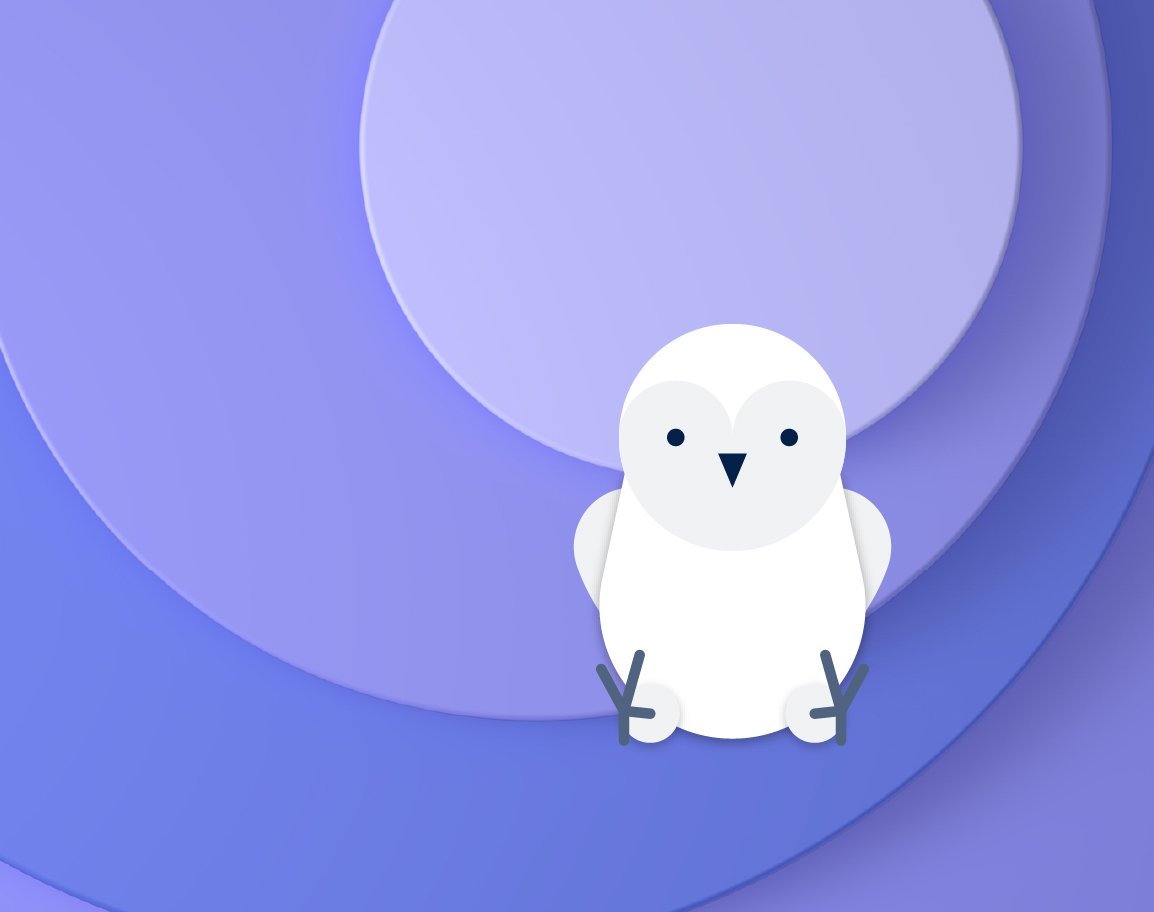Fetal surgery firsts
The first open fetal surgery in the world was performed at UCSF in the early 1980s.


The characteristic features of van der Woude syndrome include the following:
The lip pits and clefts can occur alone or in any combination. Hypodontia, or missing teeth, is also common.
A related syndrome, called Popliteal Pterygium syndrome, is caused by mutations within the same gene as van der Woude syndrome. It's characterized by webbing of the skin, syndactyly (joining or webbing of any of the fingers or toes), genital anomalies and a characteristic fold of the skin overlying the nail, in addition to the typical features of van der Woude syndrome.
Van der Woude syndrome is a genetic condition that's inherited in an autosomal dominant pattern. This means that if one parent has it, there is a 50 percent chance of transmitting the condition to each child. Van de Woude syndrome can also be caused by de novo, or new, mutations.
Van der Woude is the most common syndrome involving cleft lip and palate, affecting about two percent of patients with a cleft. The prevalence of van der Woude syndrome varies from one in 40,000 to one in 100,000 births.
Van der Woude syndrome is usually diagnosed based on its features. A genetic test is available that identifies a mutation in the IRF6 gene, which is found in 70 percent of people with van der Woude syndrome. A mutation in this gene is found in 97 percent of people who have features of Popliteal Pterygium syndrome.
The treatment of clefts in children with van der Woude syndrome is similar to treatment for cleft lip and palate alone. We surgically repair the cleft lip at 3 months of age and the cleft palate at 10 months of age. Lip pits are usually removed at the time of the cleft lip or palate surgery.
Because cleft palate can interfere with feeding, children with a cleft palate will need to be evaluated soon after birth to develop a feeding plan. Most babies will need to be bottle fed using breast milk or formula from a bottle with a special nipple. It's important to bring your baby to the pediatrician for weekly weight checks.
Cleft lips may be taped soon after birth to help reduce the width of the cleft, in preparation for surgery.
These surgeries take two to three hours and the child remains in the hospital one to two nights.
Since ear infections are more common in children with a cleft palate, a hearing test is recommended to determine whether ventilating or PE tubes, which reduce the risk of ear infections, should be placed in the ears at the time of the palate surgery. In addition, an eye examination is usually recommended because eye anomalies are sometimes found in children with cleft lip and palate.
Orthodontic treatment with braces and alveolar bone grafting to fill the remaining gap in the gum line are usually necessary. The first phase of treatment is usually to widen the upper jaw with an orthodontic appliance when the permanent front teeth have come in, at around seven years of age. The bone grafting surgery is done after the widening is complete. The final orthodontic treatment is started later, after most of the permanent teeth are in.
UCSF Benioff Children's Hospitals medical specialists have reviewed this information. It is for educational purposes only and is not intended to replace the advice of your child's doctor or other health care provider. We encourage you to discuss any questions or concerns you may have with your child's provider.

Ranked among the nation's best in 11 specialties
Fetal surgery firsts
